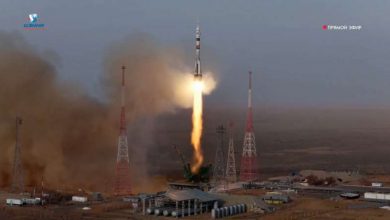Finland places order for Saab’s RBS 70 missiles

Saab has received an order from Finland regarding missiles for the RBS 70 ground-based air defence system. The order value is approximately SEK 800 million and deliveries will take place 2023-2026.
The order includes Saab’s latest version of the RBS 70 missile, Bolide, which enables engagement with airborne armoured targets and drones. The missile will be used with Finland’s current RBS 70 systems, which have been in use in the country for more than 15 years. In Finland the system is referred to as ITO05 and ITO05M (Ilmatorjuntaohjus 05).
“We are proud to continue contributing to Finland’s air defence capability with our future-proof Bolide missile, which can be used against a wide range of threats,” says Görgen Johansson, head of Saab’s business area Dynamics.
Saab’s portfolio of short-range, ground-based air defence missile systems includes the RBS 70 and the latest version, RBS 70 NG. The RBS 70 has an impressive track-record on the market with more than 1,600 launchers and over 18,000 missiles delivered to 19 nations.





